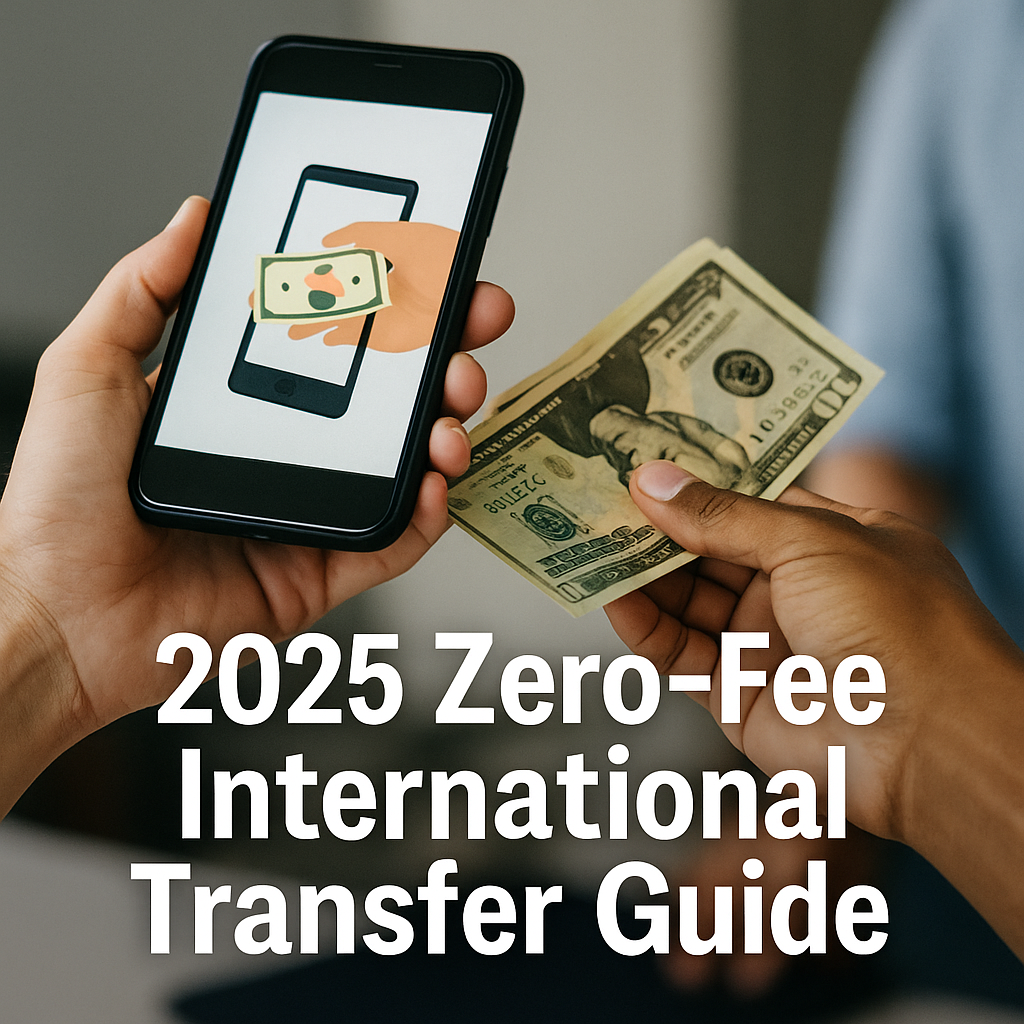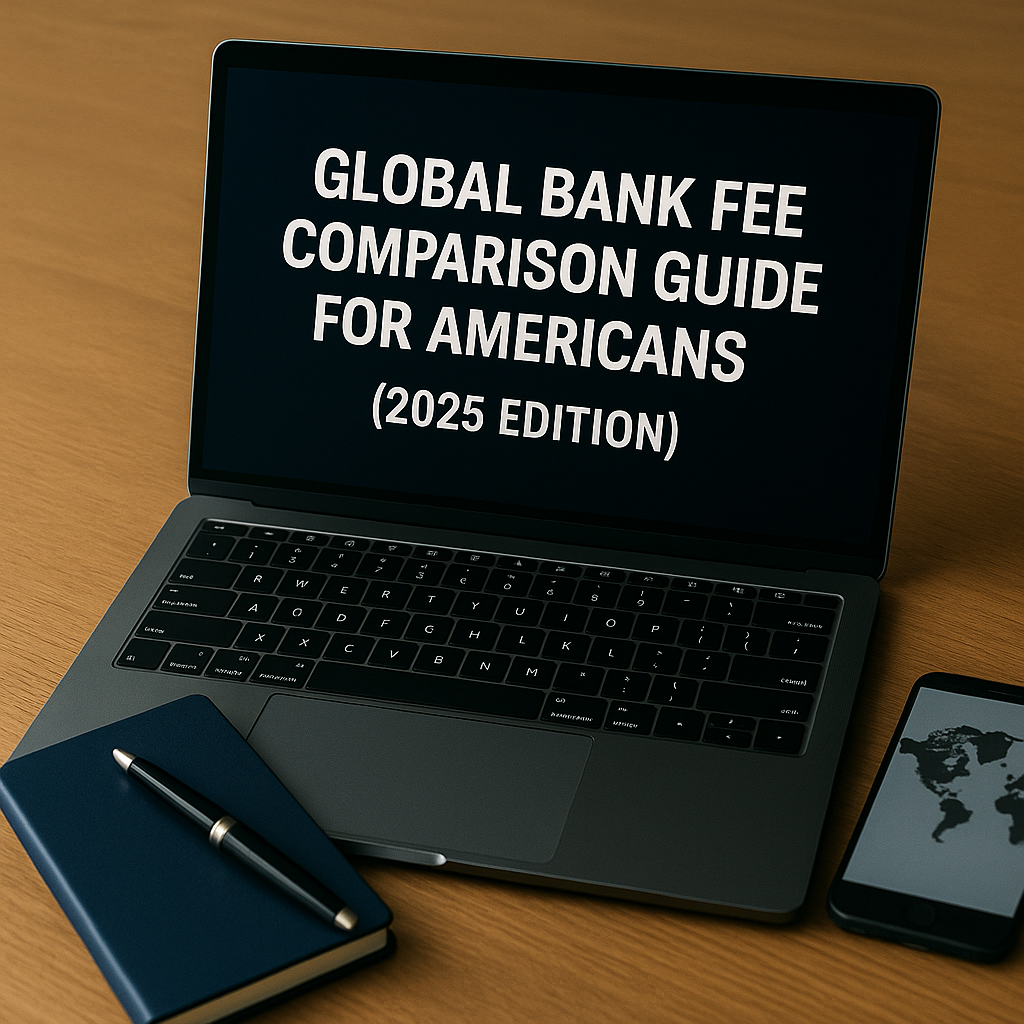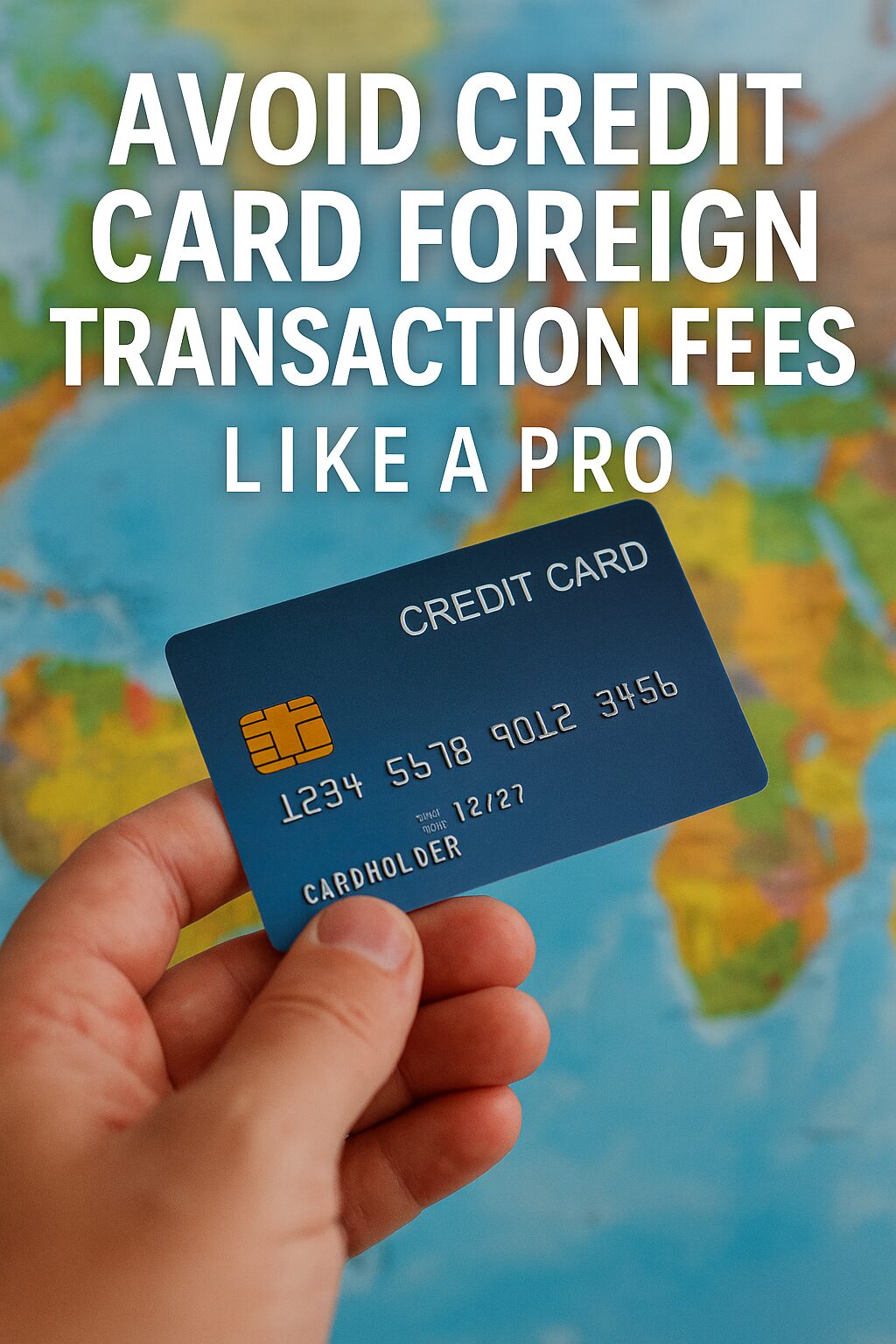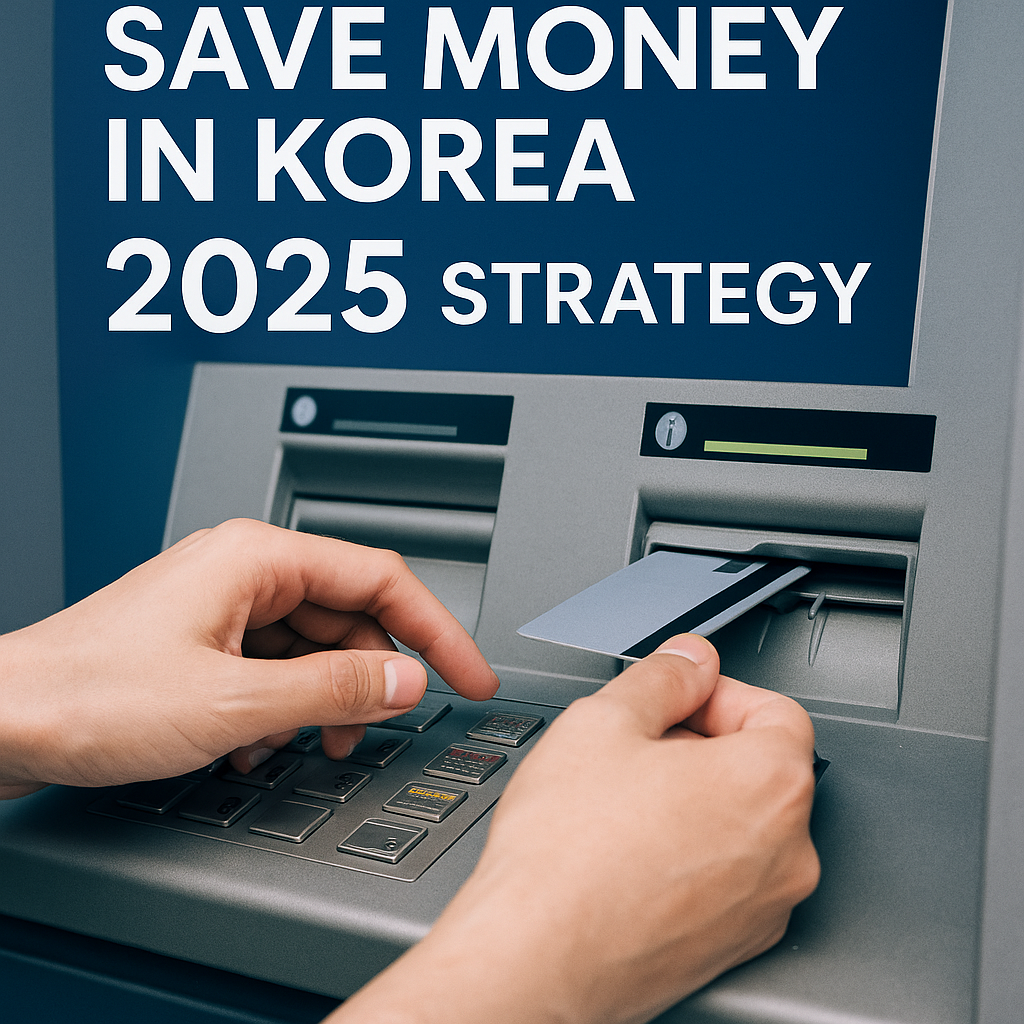1. Introduction
In an increasingly interconnected world, sending money across borders has become a routine necessity—whether you’re supporting family overseas, paying for services, or transferring business funds. Yet, hidden fees and unfavorable exchange rates can quietly bleed your wallet, costing you hundreds of dollars each year. According to the World Bank, the average cost of a person-to-person international remittance in 2023 hovered around 7% of the transaction amount, translating to nearly $70 lost on every $1,000 sent.
This guide will walk you through zero-fee global banking and transfer solutions, enabling you to minimize or completely eliminate standard fees. You’ll learn how to:
- Identify the true cost drivers of cross-border transfers
- Compare the top five zero-fee platforms and services
- Set up these accounts step by step
- Leverage advanced tactics—like multi-currency wallets and automated exchanges—to maintain zero costs
By the end, you’ll be equipped to send and receive money internationally without worrying about a single cent in hidden charges.
2. Why Zero-Fee Matters
2.1 The Anatomy of Fees
International money transfers typically involve three primary fee components:
- Fixed Fees: A flat charge (e.g., $5–$25) per transaction, regardless of amount.
- Variable (Percentage) Fees: A percentage of the transfer—often 0.5%–3% above mid-market rates.
- Intermediary/Correspondent Bank Fees: Unpredictable charges levied by banks in the transfer chain, sometimes adding another $10–$30.
A single transfer of $1,000 could incur:
- $15 fixed fee
- 2% markup (= $20)
- $15 intermediary fees
= $50 total, or 5% of the amount.
2.2 Real-World Impact
Consider an expat sending $1,000 monthly for a year:
- At 5% fees, you lose $600 annually.
- Investing that $600 at 5% APY yields an additional $30 per year—doubling the impact.
Zero-fee strategies not only reclaim that lost money but also unlock compounding gains when redeployed into savings or investments.
3. Top 5 Zero-Fee Solutions
| Service | Supported Regions | Exchange Rate Margin | Key Advantage | Main Drawback |
|---|---|---|---|---|
| Wise (formerly TransferWise) | 80+ countries | True mid-market rate | Fully transparent, fast transfers | Limited cash pickup in some regions |
| Revolut | 30+ countries | Mid-market within monthly limit | Multi-currency card & app integration | Charges after monthly free limit |
| Remitly (Economy Plan) | 50+ countries | 0% during promotions | Express options available | Higher rates on non-promo transfers |
| USDC Blockchain Transfers | Global via blockchain | Blockchain network fee only (~$1) | Near-instant, decentralized | Risk of wallet errors, crypto volatility |
| HSBC Zero-FX Program | 25+ countries | 100% FX margin waived | Bank reliability, familiar interface | Strict eligibility & minimums |
3.1 Wise
- How it works: Wise matches your currency at the live mid-market rate and uses local bank networks in both sending and receiving currencies to avoid correspondent fees.
- Setup: Download the Wise app or use the website, complete KYC verification, and fund your transfer via bank debit or card.
- Fees: Typically 0.35%–0.60% of amount, but often offset by promotions that reduce fixed components to zero.
3.2 Revolut
- How it works: Revolut provides free currency exchanges up to £1,000 per month at the interbank rate.
- Setup: Sign up, verify identity, order a physical or virtual card, and top up your account.
- Considerations: Upgrade to paid tiers for higher free‐exchange limits and unlimited international ATM withdrawals.
3.3 Remitly Economy Plan
- How it works: During promotional windows, Remitly waives all transfer fees on Economy transfers (3–5 business days).
- Setup: Create an account, verify KYC, and choose Economy for fee-free transfers.
- Caveat: Exchange-rate margins may apply outside promotions; check live rates before sending.
3.4 USDC Blockchain Transfers
- How it works: Convert fiat to USDC (a stablecoin pegged to USD) on an exchange, send on Ethereum or Solana, recipient redeems USDC for fiat locally.
- Setup: Use a regulated exchange (e.g., Coinbase, Kraken) to buy USDC → send to recipient’s crypto wallet → recipient sells USDC to local bank.
- Security/Volatility: USDC aims to remain 1:1 with USD but depends on reserve backing; blockchain transaction fees vary ($0.50–$2).
3.5 HSBC Zero-FX Program
- How it works: Qualifying customers get access to zero-margin foreign exchange rates on selected currency corridors through HSBC online banking.
- Setup: Existing HSBC Premier clients apply via their online portal.
- Limitations: Minimum transfer thresholds and strict eligibility criteria apply.
4. Step-By-Step Setup & Usage
4.1 Account Opening & Verification
- Choose your service (Wise, Revolut, etc.)
- Prepare KYC documents: Passport/ID card + proof of address (utility bill or bank statement)
- Complete identity verification within the app or website
Tip: Use high-resolution scans/photos to speed up approval.
4.2 Funding & Initial Test Transaction
- Link your local bank account or debit card.
- Perform a small test transfer (e.g., $10) to confirm end-to-end flow.
- Verify funds arrive with zero fees and the quoted rate.
4.3 Executing Full Transfers
- Input recipient details (name, account number/IBAN).
- Confirm the exact amount to send and view the guaranteed rate.
- Schedule one-off or recurring transfers.
- Monitor status updates via email/SMS notifications.
Tip: Some services allow you to set rate alerts or automatic execution when your target rate hits a certain level.
5. Advanced Tips & Hidden Tricks
5.1 Multi-Currency Wallets
- Maintain balances in USD, EUR, GBP, etc., in the same app.
- Transfer between currencies when rates are most favorable.
- Use local ATM withdrawals to avoid card network FX fees (check withdrawal limits).
5.2 Automated “Robo-Exchange” Strategies
- Set up recurring exchanges at fixed intervals to dollar-cost average into a currency.
- Trigger trades when the rate crosses a specified threshold (some platforms offer this).
5.3 Loyalty & VIP Tiers
- Some neobanks reward high-volume customers with increased free limits or dedicated FX desks.
- Inquire about referral bonuses—every new sign-up via your link may unlock fee waivers.
6. Regulatory & Security Considerations
6.1 KYC/AML Compliance
- Financial platforms enforce “Know Your Customer” and “Anti-Money Laundering” checks.
- Expect 1st-level verification to take minutes, 2nd-level up to 48 hours.
6.2 Securing Your Account
- Enable Two-Factor Authentication (2FA) wherever available.
- Whitelist trusted devices and IP addresses when possible.
- Beware of phishing: Always verify you’re on the official domain and check SSL lock icon.
7. Conclusion & Next Steps
- Pick your primary zero-fee service (e.g., Wise or Revolut) and complete KYC today.
- Execute a $10 test transfer to confirm true zero fees.
- Scale up: Move larger sums and automate monthly transfers.
- Explore secondary options (USDC, HSBC Zero-FX) for global coverage and diversification.
- Share your experience in the comments below—your feedback helps others.
- Subscribe to our newsletter for quarterly updates on new zero-fee platforms and rate-watch alerts.
By following this guide, you’ll slash hidden fees, protect your hard-earned money, and reinvest savings into growth—turning every cent into an opportunity.
How to Open a High-Yield USD Savings Account Quickly
Ready to eliminate international banking fees once and for all? Start your zero-fee journey today!





